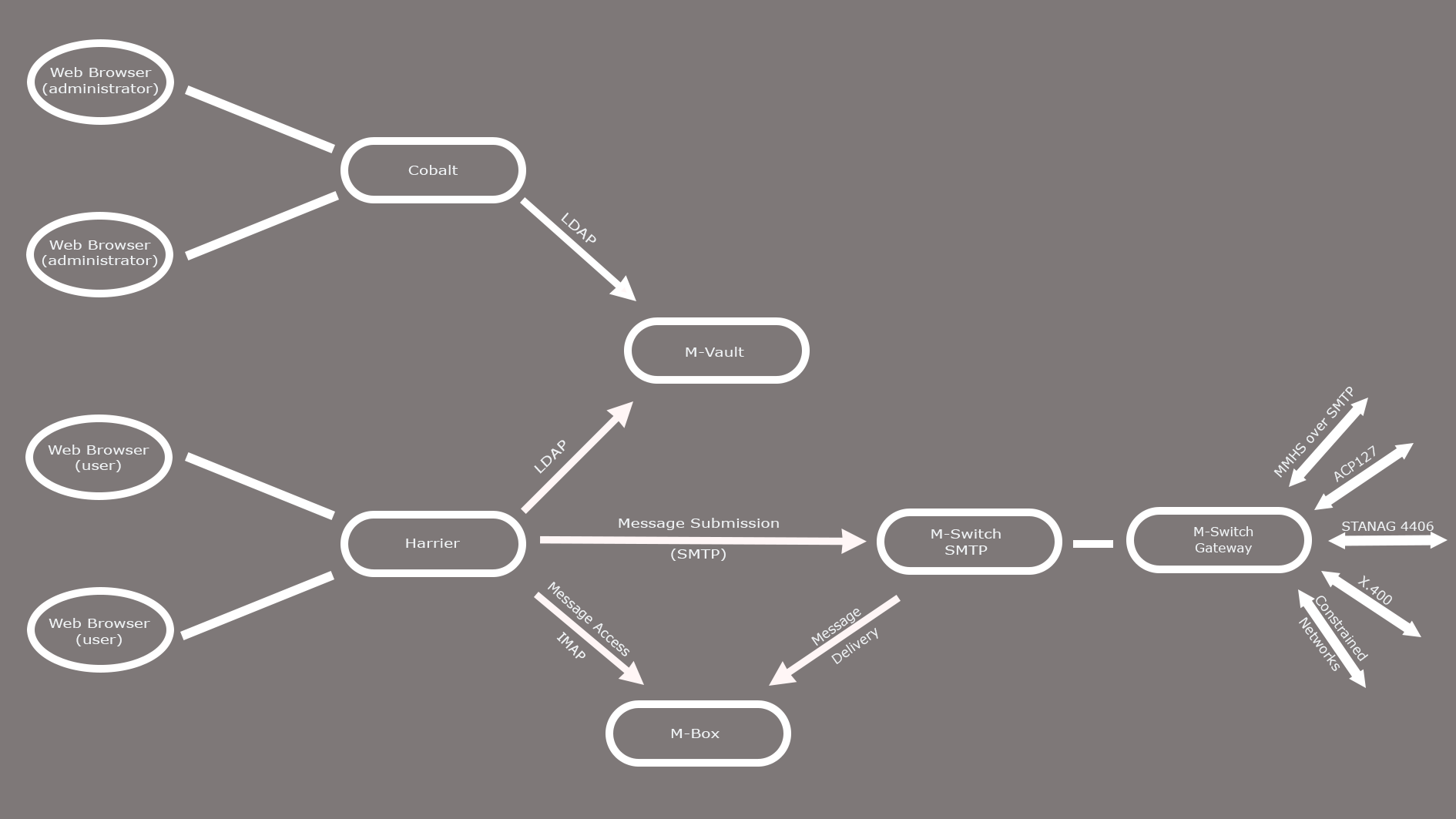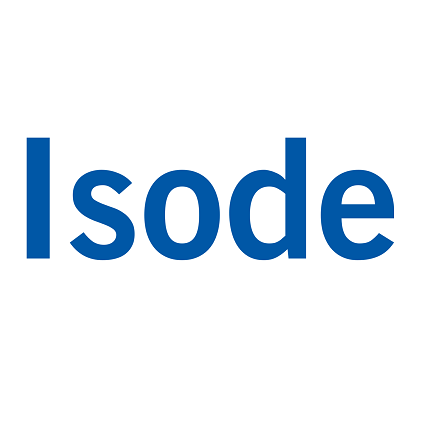
Military Messaging
Military Messaging has traditionally been provided by ACP 127, but SMTP and STANAG 4406 are now used as well.
Military messages are sent between organisations, as opposed to ‘roles’ or ‘users’, showing the “command” features of military messages.
- Military messages have “action” and “information” recipients, which is similar to To:/Cc:, but reflects formal responsibilities.
- Action and Information recipients have independently specified precedence (e.g., “FLASH”) which inform recipients of priority.
- Harrier shows a “due time”, which is based on the precedence of the current recipient, any “reply by” time and message delivery time. This provides an indication to the recipient of when the message needs to be processed by.
- DTG (Date Time Group) shows the formal time that the message takes effect, which can be past or future. Filing time reflects when the message was submitted. Times are shown in a preferred military format with Zulu time zone.
- Security Label is associated with every message.
- Message Type, gives information on exercise/operation to which the message applies.
- SICs (Subject Information Codes) provide formal information on the nature of the message.
- This message contains an ADatP-3/APP-11 Message Text Format (MTF) which can be downloaded as an attachment for processing in a C2 (Command and Control) system.
Email General Purpose
Harrier is built using modern email protocols (IMAP, SMTP & S/MIME) and can be used as a general purpose email interface for communication between roles or users. Harrier provides configuration options to facilitate use for email. It is likely to be of most interest to those needing Harrier features not generally available in email clients, such as security label support, exempted recipient support, and time controls.
Role Based Mailboxes & Message Distribution
While military messaging provides communication between organizations, mailboxes are role based. Harrier supports role based mailboxes by authenticating users and then allowing the user to select a role-based mailbox that the user is authorized to access.
Harrier can switch between role-based mailboxes.
When a message is sent to an organization, it will be distributed to role-based mailboxes based on message content and SICs using a profiler, such as the one provided by M-Switch Profiler. Harrier will recognize messages that have been profiled and make this clear to the Harrier user, including whether the recipient is action or info (which can be controlled by the profiler). Harrier can also show a list of all action and info roles to which a profiled message was delivered.
Military Distribution Lists, which provide another message distribution mechanism, split action and info recipients. Harrier will show when a message has been expanded by a military distribution list, and whether the current mailbox is action or info.
Draft, Review and Release
Military messages often make use of a draft and release process to support formal release and approval of messages by an appropriate officer. This linear release process is complemented by a parallel review process, to support drafter-centric review.

